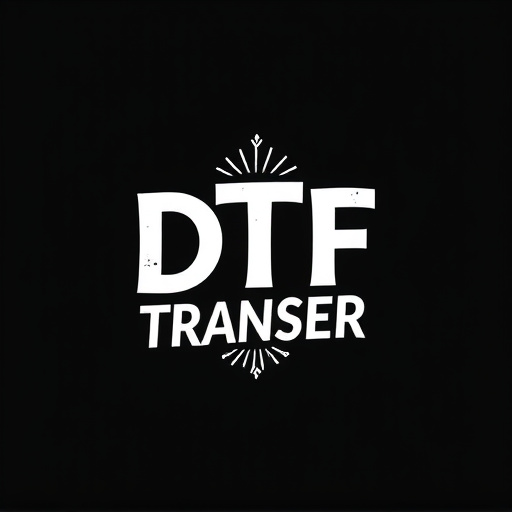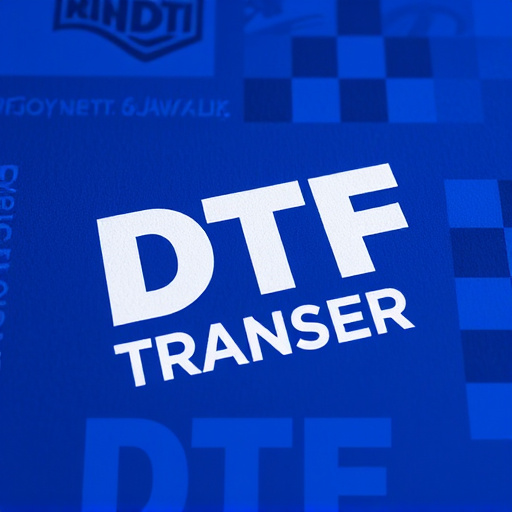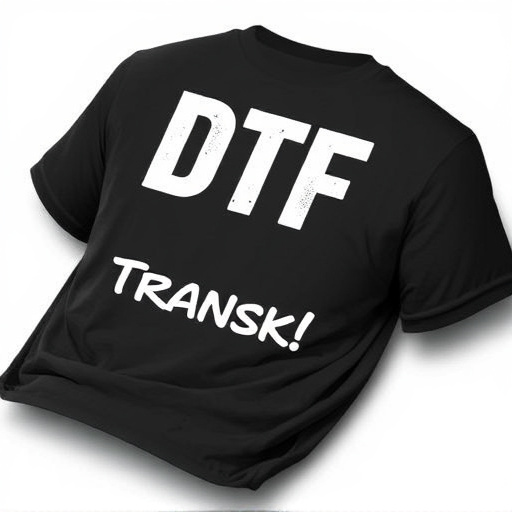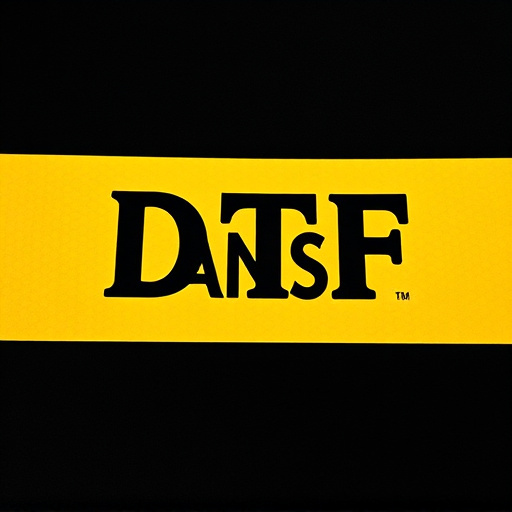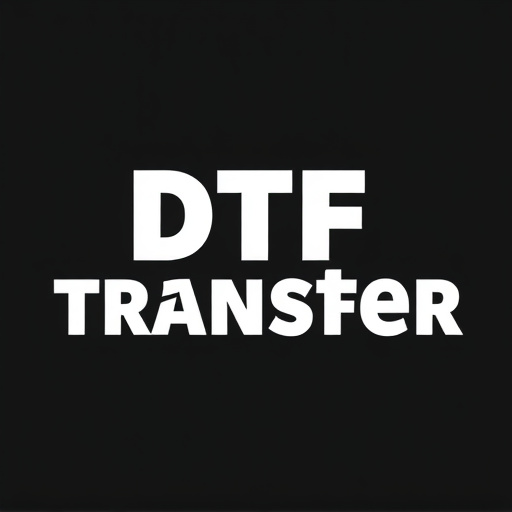Direct-to-Film (DTF) Printing is a cutting-edge technology offering exceptional quality across diverse surfaces. It directly applies ink, ensuring vibrant colors, crisp details, and durability. This game-changer facilitates high-volume production with minimal waste, making it ideal for custom designs, small batches, and on-demand printing in fashion, signage, and packaging. Opting for DTF transfers involves considering print quality, resolution, ink types (like eco-friendly options), media type, durability, and customization from reputable printers to ensure color accuracy. Industry leaders X-Print and InkyTech offer advanced and eco-friendly solutions, catering to professionals and hobbyists. Technical considerations like ink, substrates, and print methods significantly impact results. DTF Printing is revolutionizing industries by enabling high-quality visual content creation in architecture, engineering, design, manufacturing, and automotive sectors.
In the realm of visual communication, Direct-to-Film (DTF) printing has emerged as a game-changer, offering unparalleled quality and versatility. This cutting-edge technology enables the creation of vibrant, durable prints directly on various surfaces, revolutionizing industries from signage to packaging. Understanding DTF’s evolution and its impact on quality is essential for businesses seeking top-tier solutions. This comprehensive guide explores the best DTF printing options, key considerations, technical intricacies, and real-world applications, empowering you to make informed choices in today’s competitive market.
- Understanding Direct-to-Film (DTF) Printing: A Brief Overview
- The Evolution of DTF Technology and its Impact on Quality
- Key Factors to Consider When Choosing High-Quality DTF Transfers
- Top DTF Printing Brands and Their Offerings
- Technical Aspects: Ink, Substrates, and Print Methods
- Real-World Applications: Industries Benefiting from Superior DTF Prints
Understanding Direct-to-Film (DTF) Printing: A Brief Overview
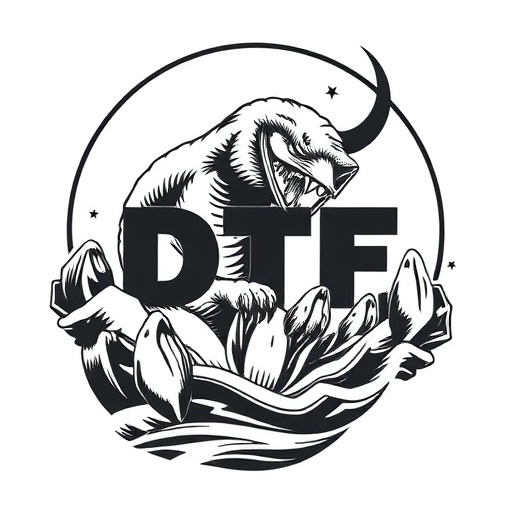
Direct-to-Film (DTF) Printing is a cutting-edge technology that offers unparalleled quality for printing on various surfaces, from textiles to metal. Unlike traditional methods that rely on intermediate steps, DTF involves directly applying ink onto the final medium using specialized equipment. This innovative approach ensures vibrant colors, crisp details, and exceptional durability.
DTF Printing has revolutionized the way we reproduce visuals, enabling high-volume production with minimal waste. It’s particularly advantageous for custom designs, small batch runs, and on-demand printing, making it a preferred choice among professionals in industries like fashion, signage, and packaging. Understanding DTF Printing’s capabilities is key to leveraging its benefits for top-tier direct-to-film transfer options.
The Evolution of DTF Technology and its Impact on Quality
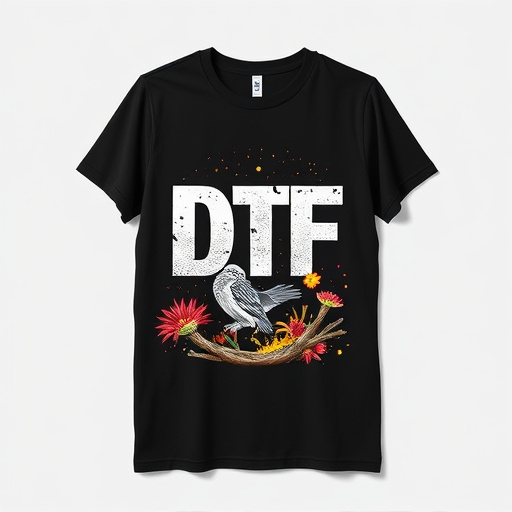
The evolution of Direct-to-Film (DTF) technology has revolutionized the printing industry, offering unparalleled quality and precision in direct-to-film transfers. Historically, traditional printing methods faced limitations in replicating intricate details and vibrant colors accurately. However, with advancements in DTF Printing, these constraints have been significantly reduced. This cutting-edge technology enables printers to achieve exceptional levels of detail, color accuracy, and overall image quality.
DTF Printing has emerged as a game-changer, providing a seamless and efficient process for creating high-resolution prints directly on various media surfaces. The impact on the market has been profound, allowing professionals to produce stunning visuals across multiple sectors, from art and photography to signage and packaging. As technology continues to evolve, DTF Printing promises to set new standards in direct-to-film transfer options, ensuring that images are rendered with exquisite detail and color consistency.
Key Factors to Consider When Choosing High-Quality DTF Transfers
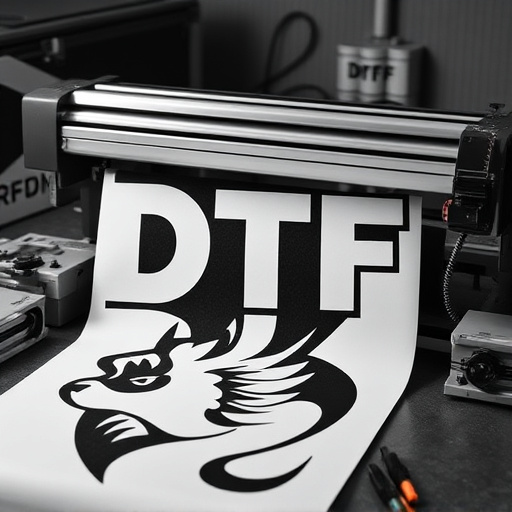
When selecting high-quality direct-to-film (DTF) transfers, several key factors come into play. Firstly, consider the print quality and resolution; higher resolutions like 4K or even 8K offer unparalleled detail but significantly impact file size. Additionally, the choice of ink and printing technology matters; modern DTF printers use eco-friendly inks that provide vibrant colors and ensure longevity, an aspect crucial for outdoor or long-term displays.
Another important consideration is the media type: vinyl offers durability and versatility, suitable for various applications, while other materials like polyester or transparent films cater to specific needs like window graphics. Durability and weather resistance are essential, especially for external uses, as they protect the print from fading and damage over time. Lastly, check for customization options, color accuracy, and the printer’s reputation for consistent quality output.
Top DTF Printing Brands and Their Offerings
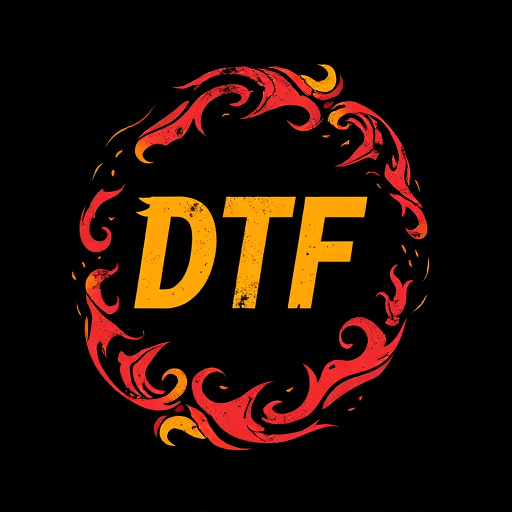
When it comes to direct-to-film (DTF) printing, several brands stand out for their commitment to quality and innovation. One of the top contenders is X-Print, renowned for its advanced technology that delivers exceptional print resolution and vibrant colors. Their DTF printers are designed for both professional and hobbyist users, offering a range of models suitable for various needs.
Another leading brand, InkyTech, has carved a niche for itself by focusing on eco-friendly materials and sustainable practices. Their DTF inks are not only certified non-toxic but also provide long-lasting durability and fade resistance. With a user-friendly interface and robust support, InkyTech ensures that artists and businesses alike can achieve top-notch transfers with ease.
Technical Aspects: Ink, Substrates, and Print Methods
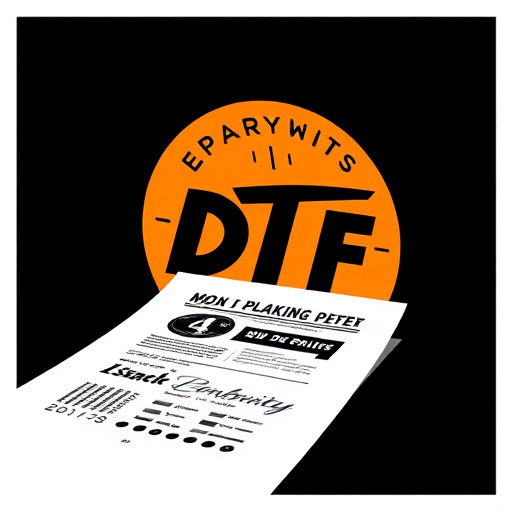
When exploring the highest quality direct-to-film (DTF) transfer options, understanding the technical aspects such as ink, substrates, and print methods is crucial. The choice of ink plays a significant role in determining the final output’s vibrancy and durability. Modern DTF printing utilizes eco-friendly, high-resolution inks that offer exceptional color accuracy and fast drying times, ensuring the transferred image remains crisp and long-lasting.
Substrates, or the materials upon which the film is printed, also significantly impact the quality. Premium substrates provide smoother surfaces and better ink absorption, resulting in more precise detail reproduction and a higher resistance to fading. Advanced print methods, such as UV curing and high-precision lasers, further enhance precision and speed, allowing for intricate designs with fine lines and subtle details to be reproduced accurately on the final medium.
Real-World Applications: Industries Benefiting from Superior DTF Prints
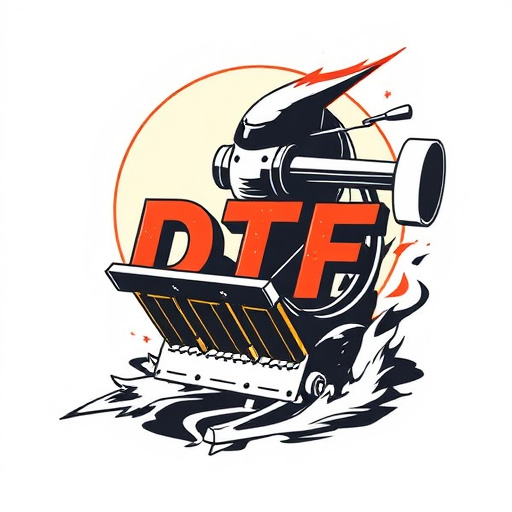
Direct-to-film (DTF) printing has found its way into various industries, revolutionizing the way businesses create and utilize visual content. Its high-quality outputs are particularly beneficial in sectors that demand precise and detailed representations, such as architecture, engineering, and design. Architects can use DTF to produce accurate 3D models of buildings, helping clients visualize future projects with remarkable clarity.
In manufacturing, DTF prints play a crucial role in prototyping and product development. Designers can swiftly create physical prototypes from digital designs, enabling faster iteration and more efficient product testing. Additionally, the automotive industry leverages DTF for small-scale production runs, ensuring precise parts replication. This technology’s versatility and precision make it an indispensable tool across multiple sectors, driving innovation and enhancing visual communication.
